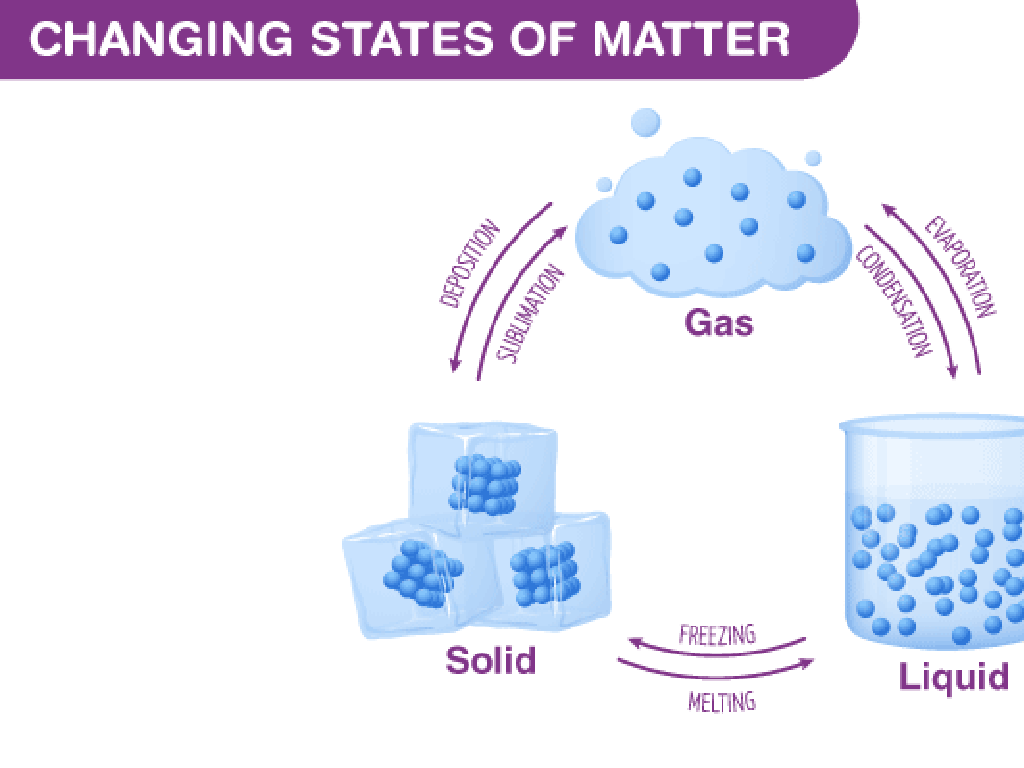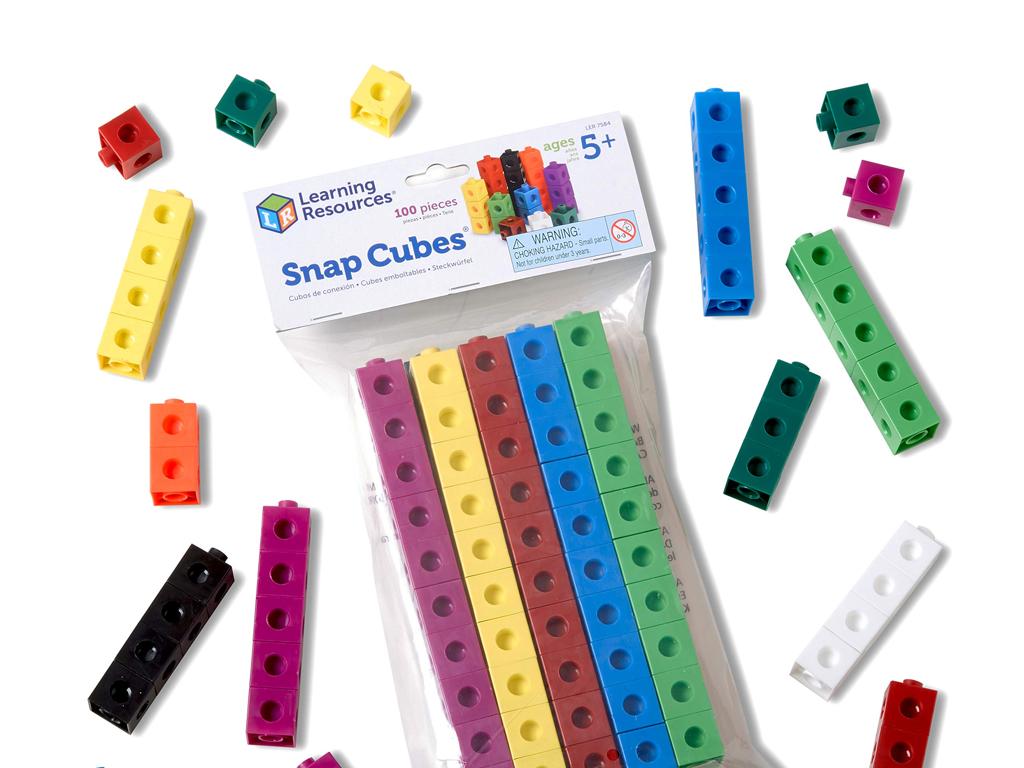For Teachers
Subject: Arts and humanities
Grade: High school
Topic: Art History
Please LOG IN to download the presentation. Access is available to registered users only.
View More Content
Introduction to Art History
– Significance of art in history
– Art chronicles human experiences and values across eras.
– Art as a reflection of society
– Artworks often mirror the cultural, social, and political climate of the time.
– Timeline of art movements
– From prehistoric to contemporary, art has evolved through distinct periods.
– Preview of today’s lesson
– We’ll explore key concepts and periods in art history.
|
This slide is designed to introduce the expansive field of Art History to high school students, emphasizing the role of art in documenting and shaping human history. It’s crucial to convey that art is not just about aesthetics but also serves as a historical record that reflects societal values and issues of its time. The timeline of art movements will provide a scaffold for understanding the progression and evolution of artistic styles and schools of thought. Today’s lesson will serve as a springboard into the vast world of art, setting the stage for deeper exploration into specific periods, influential artists, and iconic works that have defined human culture.
Defining Art History
– What is Art History?
– The academic study of art’s development over time.
– Art’s evolutionary journey
– How art styles and forms have changed through eras.
– Art as a cultural mirror
– Art often depicts the values, beliefs, and events of its time.
– Art’s influence on society
– Art can shape and be shaped by societal changes and ideologies.
|
Art History is a field that examines art’s development, context, and impact throughout human history. It’s not just about memorizing dates and artists; it’s about understanding art as a dynamic and integral part of the human experience. Art evolves with civilizations, reflecting societal values, historical events, and cultural shifts. It’s a mirror to the world, offering insights into past and present societies. As educators, we can use art to help students connect with different cultures and epochs, fostering a deeper appreciation of humanity’s diverse heritage. Encourage students to think critically about how art not only reflects but also influences societal norms and movements.
Prehistoric to Ancient Art: An Overview
– Earliest art forms exploration
– Discover art from the Paleolithic era to ancient civilizations
– Cave paintings and sculptures
– Understand the cultural importance of these early art forms
– Symbolism in ancient artworks
– Deciphering symbols to grasp ancient beliefs and practices
– Art as historical documentation
|
This slide aims to provide an introductory understanding of the earliest forms of human expression through art. Teachers should emphasize the significance of prehistoric cave paintings and ancient sculptures, not only as art but also as valuable historical records that offer insights into the lives, beliefs, and environments of early humans. Discuss the use of natural pigments in cave paintings and the symbolic meanings behind the often stylized forms of ancient sculptures. Encourage students to consider how symbolism in art provides a window into the past, reflecting the ideas and values of prehistoric and ancient societies. Highlight the role of art as a form of documentation long before the written word, preserving a visual history of humanity’s development.
From Medieval to Renaissance Art
– Transition in art history
– Shift from religious symbolism to humanism and realism
– Gothic vs. Renaissance styles
– Gothic: pointed arches, stained glass. Renaissance: perspective, chiaroscuro
– Key artists of the era
– Giotto, Leonardo da Vinci, Michelangelo
– Their historical contributions
– Innovations like perspective, anatomical accuracy, and use of light
|
This slide aims to outline the significant shift in art styles and cultural perspectives that occurred between the Medieval and Renaissance periods. Teachers should emphasize the move from the spiritual and symbolic art of the Middle Ages to the human-centered and realistic approach of the Renaissance. Gothic art is characterized by its grand, religious structures and use of light through stained glass, while Renaissance art is noted for its development of perspective, detailed human anatomy, and light effects, known as chiaroscuro. Highlight key artists such as Giotto, who bridged the two periods, and Renaissance masters like Leonardo da Vinci and Michelangelo, who pushed the boundaries of art with their innovative techniques. These artists’ contributions laid the groundwork for modern art and should be discussed in detail to give students a thorough understanding of their impact on art history.
From Baroque to Modern Art: Evolution and Impact
– Explore Baroque art’s drama
– Baroque art is known for its vivid emotion and theatricality, e.g., Caravaggio’s works.
– Evolution into modern expressions
– Modern art breaks from tradition, focusing on abstraction and conceptual ideas.
– Technology’s role in art development
– Advances like photography and digital tools have revolutionized how art is created and viewed.
– Analyzing art’s transformation
|
This slide aims to give an overview of the transition from the dramatic and emotional Baroque art period to the diverse expressions of modern art. Highlight the characteristics of Baroque art, such as its emphasis on movement, contrast, and detail, which can be seen in the works of artists like Caravaggio. Discuss how modern art diverged significantly from previous art forms, embracing new ideas and methodologies, including abstraction, which can be seen in the works of artists like Picasso. Address the significant impact of technological advancements, such as photography, on the art world, which allowed for new forms of art to emerge and changed the way art is produced and consumed. Encourage students to think about how these changes reflect broader societal shifts and to consider the ongoing evolution of art in the digital age.
Understanding Contemporary Art
– Define Contemporary Art
– Art created during our lifetimes, often reflecting modern society
– Explore current art trends
– Look at pop culture influence and global awareness in today’s art
– Examine art themes
– Themes like identity, diversity, and technology are prevalent
– Digital media’s impact
– How digital tools and platforms are reshaping art creation and distribution
|
This slide aims to provide a foundational understanding of contemporary art, which refers to art made from the late 20th century to the present, reflecting the complexities of current society. Teachers should discuss how contemporary art often challenges traditional boundaries and is influenced by global events, pop culture, and technology. Current trends may include interactive installations and street art, while common themes might address political issues, cultural identity, and the environment. The role of digital media is significant, as it allows for new forms of expression and accessibility, changing the way art is produced, shared, and perceived. Encourage students to think critically about how contemporary art mirrors the time we live in and to consider the influence of digital advancements on their own experiences with art.
Analyzing Art: A Critical Approach
– Steps to analyze art critically
– Observe, describe, interpret, and evaluate
– Comprehend context, technique, message
– Context: historical, cultural; Technique: medium, style; Message: artist’s intent
– Group activity: Analyze famous artwork
– In groups, pick a famous piece and discuss your analysis
|
This slide is aimed at guiding students through the process of art analysis. Start by explaining the four steps of critical analysis: observation, description, interpretation, and evaluation. Emphasize the importance of understanding the artwork’s context, including its historical and cultural background, the technique used by the artist, and the message or intent behind the piece. For the activity, divide the class into small groups and assign each a famous artwork to analyze. Provide a worksheet with guiding questions to help them structure their discussion. Possible artworks for analysis could include Van Gogh’s ‘Starry Night’, Da Vinci’s ‘Mona Lisa’, or Warhol’s ‘Marilyn Monroe’. Encourage students to present their findings to the class, fostering a discussion on the diverse interpretations that art can evoke.
Art History’s Influence on Today’s Culture
– Trace historical art in modern culture
– Explore how past art styles, themes, and techniques are reflected in contemporary culture.
– Art history references in media
– Identify allusions to famous artworks in films, shows, and advertisements.
– Discuss art’s impact on today’s landscape
– Engage in a conversation about the significance of historical art in shaping modern artistic expression.
|
This slide aims to explore the pervasive influence of art history on contemporary culture. Teachers should highlight the continuity of artistic expression by tracing how historical art movements, styles, and individual works are echoed in today’s visual culture. Provide examples from modern media where art history is referenced, such as in the stylization of a movie, themes in a television show, or direct allusions in advertising. Encourage a discussion on how understanding art history is crucial for comprehending the full context and depth of current artistic endeavors. This conversation can lead to a deeper appreciation of both historical and modern art among students.
Class Activity: Crafting an Art History Timeline
– Collaborate on an art timeline
– Groups focus on specific periods
– Each group researches and illustrates a different era, like Renaissance or Impressionism
– Present timeline segments
– Discuss period significance
– Highlight key artists, works, and historical context
|
This activity is designed to engage students with art history by having them actively participate in the creation of a timeline. Divide the class into small groups, assigning each a different art period to research. Provide resources such as textbooks, online articles, and printouts. Each group will create a visual representation of their period, including key artists, notable works, and historical context. Encourage creativity in the timeline’s design. After completion, each group will present their segment to the class, explaining the importance of the era and its contributions to the evolution of art. This will help students better understand the progression of art styles and the socio-cultural factors influencing them. Possible variations of the activity could include focusing on a specific medium, such as painting or sculpture, or comparing and contrasting different movements.






